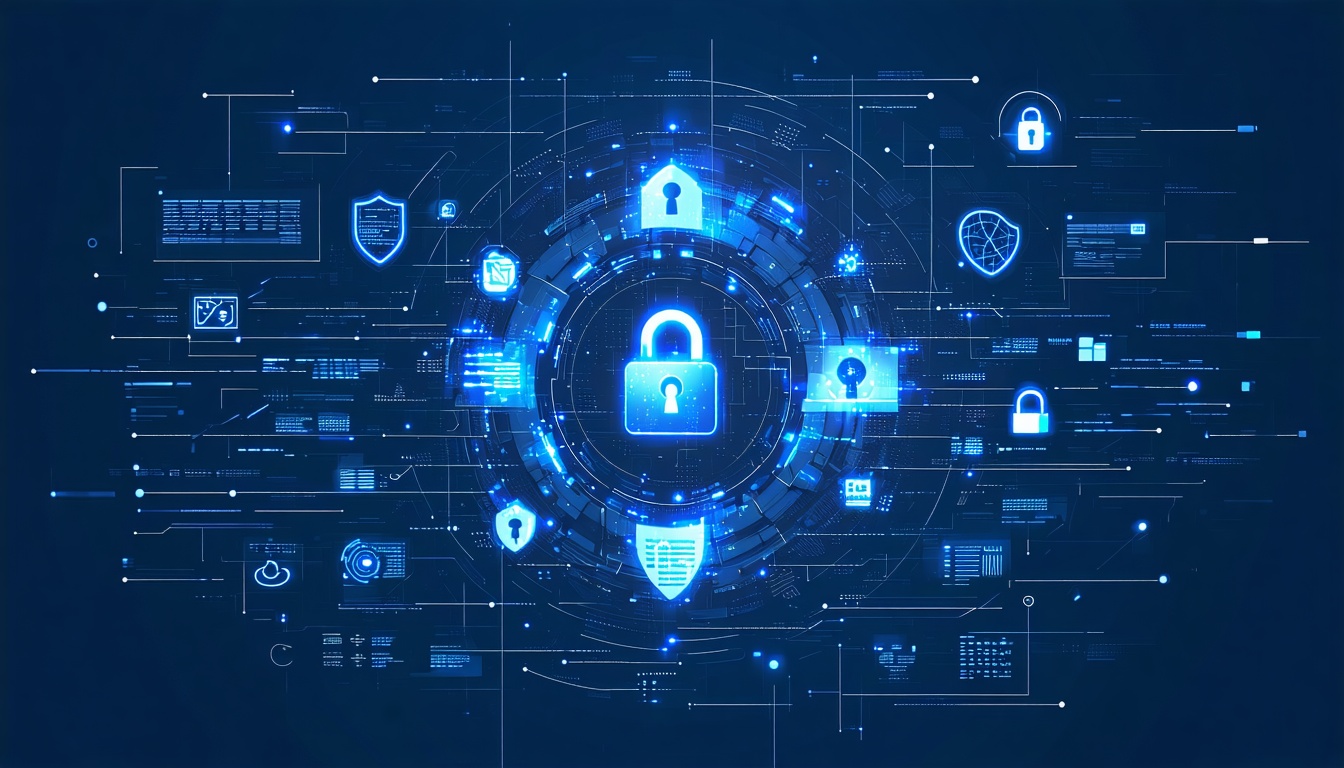Understanding EDR Database
Definition and Role
An EDR database serves as the central repository for endpoint telemetry, logs, and behavioral events. In endpoint detection and response platforms, it continuously captures system-level activities—process launches, file modifications, network connections, registry changes—and retains them for analysis. Let’s break that down. By acting like a digital video recorder for endpoints, the repository enables security teams to review what happened before, during, and after a suspected breach. EDR solutions provide continuous and comprehensive visibility into endpoints in real time (CrowdStrike). Without this specialized data store, organizations may miss subtle indicators of compromise and allow attackers to dwell undetected.
Core Database Components
Effective data repositories support several key elements:
- Event Ingestion Layer: Collects raw telemetry from desktops, servers, laptops, virtual machines, and mobile devices
- Storage Engine: Balances write-heavy workloads and long-term retention requirements
- Indexing and Search: Enables rapid querying across billions of records
- Data Normalization: Harmonizes disparate logs into a unified schema
- Retention Policy Module: Enforces time-based or volume-based data lifecycle rules
Compared to traditional signature-based endpoint protection, which often discards detailed logs after a short period, an EDR database retains historical context to facilitate deep investigations and proactive threat hunting. In some cases, organizations evaluate a comparison of edr vs epp to understand these fundamental differences.
Optimizing Data Collection
Continuous Telemetry Ingestion
High-fidelity monitoring begins with reliable ingestion pipelines. Whether deployed as a managed edr service or maintained in-house, the system must handle bursts of event data without dropping packets. From there, buffering and validation processes ensure that no endpoint activity is lost.
Scalable Storage
As device count grows, so does the volume of logs. That’s why scalable architectures—partitioned storage clusters or auto-scaling cloud buckets—are essential. Organizations may consider tiered retention, keeping recent data online for rapid search and archiving older entries. Smaller teams can adapt policies based on guidance for edr for small business, while larger enterprises might invest in distributed databases to support thousands of endpoints.
Accelerating Threat Detection
Behavioral Analytics
EDR platforms apply machine learning and statistical models to the collected data, spotting anomalies that signature-based antivirus products cannot detect. In this scenario, behavioral analytics can identify fileless malware or living-off-the-land attacks by tracking abnormal process trees and unusual network connections. Compared to log aggregation in a SIEM, a dedicated endpoint store offers richer context for each event, as explored in siem vs edr.
Indicators of Attack
Integration with threat intelligence feeds adds actionable context. When a sequence of behaviors matches a known adversary pattern—an Indicator of Attack (IOA)—the system can automatically escalate alerts. These patterns may include privilege escalation attempts, exploitation of memory corruption bugs, or attempts to disable security agents. By centralizing both raw telemetry and intelligence tags, the database accelerates detection and prioritization of critical incidents.
Enhancing Investigation Processes
Real-Time Forensics
A robust data repository allows security analysts to reconstruct timelines in minutes rather than days. Detailed forensic queries reveal exactly which binaries executed, on which devices, and what artifacts remain on disk. This capability reduces reliance on manual host inspections and prevents business disruption caused by wholesale reimaging.
Incident Data Search
Advanced search features enable targeted investigations. Common query types include:
- Host-centric searches for all activities on a given device ID
- User-centric searches for sessions tied to specific credentials
- Threat-centric searches for patterns associated with malware families
These searches underpin threat hunting exercises, letting teams pivot seamlessly from detection to root cause analysis and remediation.
Integrating Threat Intelligence
Contextual Enrichment
By enriching raw events with metadata—geolocation, reputation scores, adversary attribution—teams gain a clearer picture of each alert’s seriousness. This contextual layer speeds decision-making, ensuring that high-risk activities receive immediate attention while low-priority noise is filtered out.
Automated Intelligence
Next-generation endpoint platforms ingest and apply updates from multiple feeds. When a new tactic, technique, or procedure is identified, the database automatically tags relevant historical events for retrospective review. This retrospective enrichment bridges the gap between real-time monitoring and strategic threat research, as seen in many next gen edr analyses.
Measuring Database Performance
Scalability Metrics
Key indicators include:
- Ingestion Rate: Events processed per second
- Storage Utilization: Disk consumption per endpoint per day
- Retention Efficiency: Ratio of hot (searchable) to cold (archived) data
Query Efficiency
Fast, reliable searches depend on optimized indexing and caching. Typical metrics are:
Monitoring these metrics helps IT leaders balance cost, performance, and operational requirements.
Summing Up Key Insights
An optimized EDR database underpins rapid detection, investigation, and response. By capturing comprehensive endpoint telemetry, applying behavioral analytics, integrating threat intelligence, and measuring performance, organizations can drastically reduce attacker dwell time. That strategic approach ensures that security teams can move from alert to remediation with minimal friction and maximum confidence.
Need Help With EDR Database?
Need help with building a faster response with an EDR database? We help organizations evaluate, implement, and optimize data repositories for endpoint detection and response. Our advisory services cover vendor selection, data architecture design, and operational integration with existing security tools. Connect with our experts to accelerate threat response capabilities and strengthen overall security posture.






